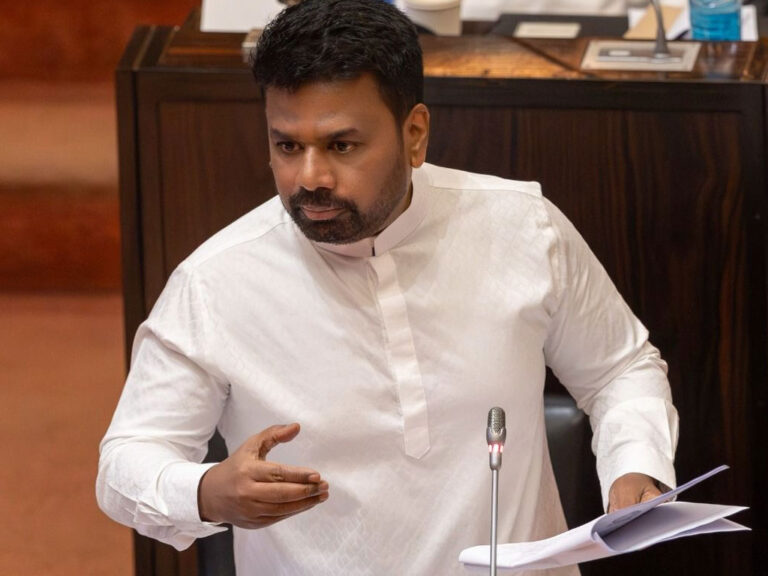
Why Your Second Preference Matters in the Presidential Election?
As election day draws closer, the significance of voters’ second and third preferences has never been more apparent. This year’s presidential race is shaping up to be one of the most competitive in recent history, with polls indicating that no single candidate is likely to secure more than 50% of the vote in the first round.
In the past, elections often saw one candidate winning outright with a clear majority. However, this year’s fragmented vote distribution suggests that a decisive majority might be elusive. As a result, the second preferences of voters could play a pivotal role in determining the final outcome.
Here’s a closer look at how this process works:
In the initial round of voting, if no candidate garners more than 50% of the votes, the election proceeds to a second round of counting. This is where second and third preferences come into play. Candidates who have received the fewest votes are eliminated, and their ballots are reassigned to the remaining candidates based on the voters’ secondary choices.
Imagine a scenario where there are five candidates in the running. In the first round, Candidate A receives 40% of the vote, Candidate B gets 35%, and the remaining 25% is divided among the other candidates. As the lowest-ranking candidates are eliminated, their votes are redistributed. For instance, if voters who initially supported Candidate C, D, or E marked their second preference for either Candidate A or B, those votes are transferred accordingly. This redistribution can make a significant difference.
The candidate who accumulates the most of these redistributed votes, in addition to their original tally, can surpass the 50% threshold and win the election. This means that even if a candidate did not lead in the first round, they could still come out on top if they receive substantial support from the second preferences.
This system of redistribution emphasizes the importance of strategic voting. Voters are encouraged to rank their preferences thoughtfully. If their first-choice candidate is eliminated, their second or third choice might become crucial in deciding the winner. Thus, every vote and preference counts significantly, especially in a tightly contested race.
As the election approaches, the role of second preferences could very well determine who will lead the country. This nuanced process ensures that the final result reflects a broader spectrum of voter intent, potentially making the difference between victory and defeat in this fiercely competitive election.




